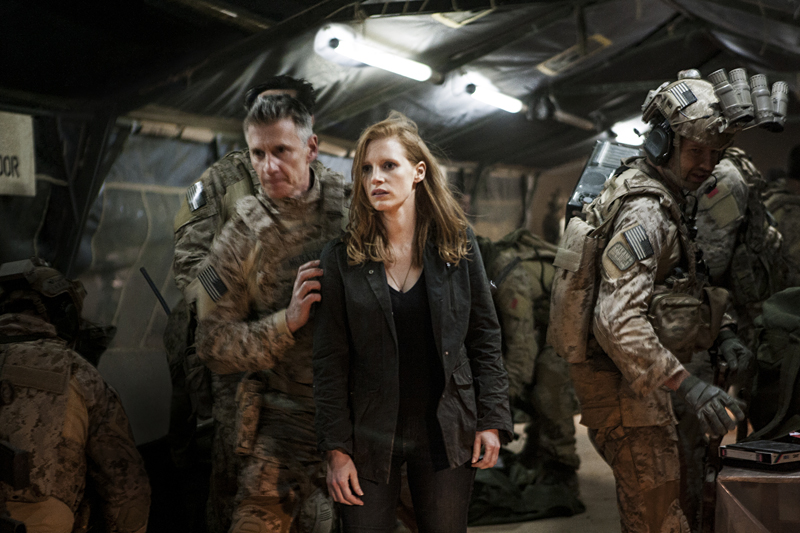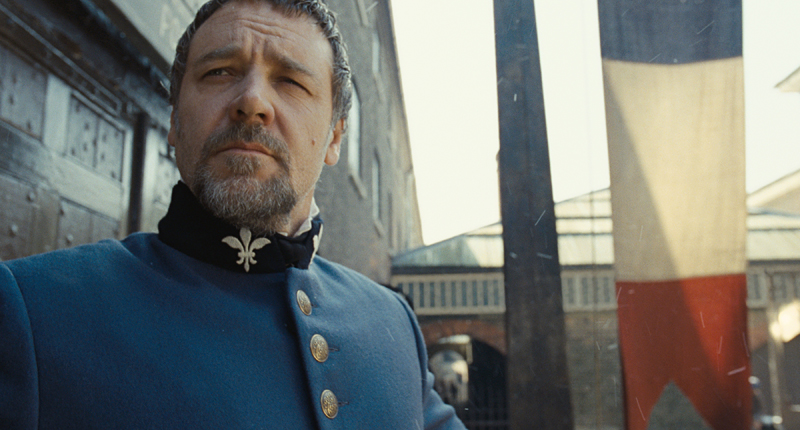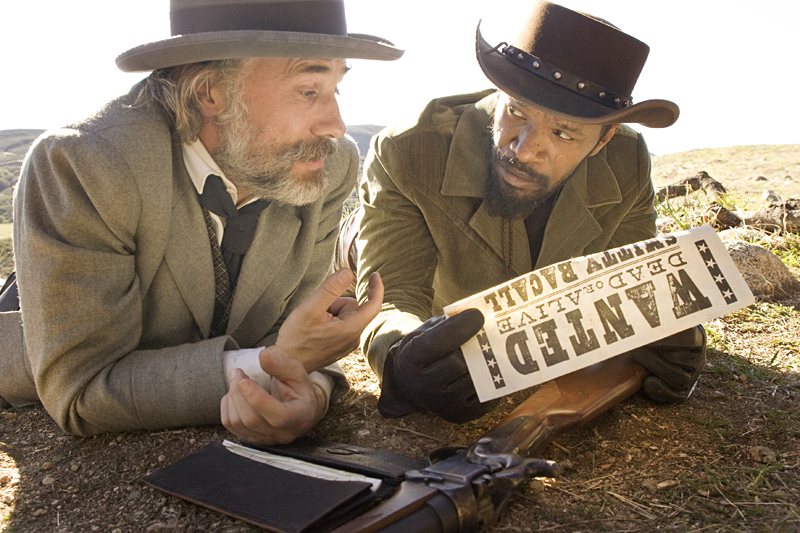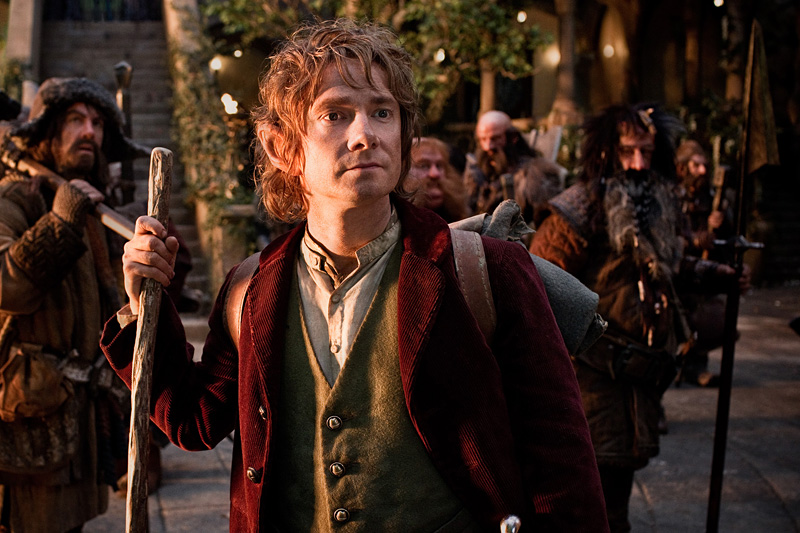When the editorial cartoonist turned amateur sleuth Robert Graysmith published Zodiac, his sprawling, meticulously researched account of the eponymous San Francisco serial killer, he wrote that the tale was “the most frightening story I know,” and it was easy to understand why. Graysmith was writing in 1985, some 16 years after the Zodiac’s last confirmed attack and seven since his final, cryptic message—”I am back with you”—arrived at the offices of the San Francisco Chronicle. Graysmith had just completed his own massive reinvestigation of a case that had stymied authorities for nearly two decades, in the process unearthing further compelling evidence against one of the prime suspects. But still the Zodiac remained at large—a phantom forever lurking in the night.
Watch the trailer for Zodiac.
Now Zodiac is a movie, directed by David Fincher from a screenplay by James Vanderbilt, and I suspect that those who go to see it expecting a dark, brooding serial-killer chiller on the order of Fincher’s Se7en will emerge disappointed. For what interests Fincher most is not the hooded madman with the crosshairs logo but rather the cops and reporters who doggedly pursued him, who allowed the case to take control of (and in some cases destroy) their lives—the Zodiac’s collateral victims. His Zodiac is a study in obsession made with an obsessive’s eye for detail. It is about the passage of time and the accumulation of massive amounts of information—a movie that seems to be unfolding inside a cramped storage locker. And it is, though it may not sound like it, thrilling to behold.
Like the book, Vanderbilt’s screenplay hopscotches between the Zodiac killings themselves (brutally efficient attacks on mostly young couples parked at or near lovers’lanes), the multiple police investigations in the various counties where the murders took place, and the parallel inquiries being made by disheveled Chronicle reporter Paul Avery (Robert Downey Jr.), who is eventually aided by the comically wholesome rookie cartoonist Graysmith (Jake Gyllenhaal). The Zodiac christens himself with his astrological moniker, threatens attacks against schoolchildren if his letters and encrypted ciphers aren’t printed in the pages of the Chronicle, and, in one particularly absurd moment, demands an audience with famed litigator Melvin Belli (a gloriously hammy Brian Cox) on a local TV talk show.
Yet, as the body count increases and the Bay Area trembles in fear, Fincher and Vanderbilt show us that it wasn’t only the Zodiac who benefited from the ensuing media frenzy. Indeed, Avery, Graysmith, and San Francisco Detective Dave Toschi (Mark Ruffalo)—who was one of the models for the Clint Eastwood character in the Zodiac-inspired Dirty Harry—also know that they’re in the spotlight and that this is a chance to transcend the routine of their everyday lives. Welcome to the cult of the celebrity serial killer.
At nearly three hours, and without a single hobbit in the cast, Zodiac is the sort of vast, richly involving pop epic that Hollywood by and large seems incapable of making anymore, so it’s little surprise that Fincher’s influences derive from an earlier era of American film. From the vintage Paramount studio logo that opens the movie through to the first bars of composer David Shire’s musique concrète score and the early scenes of Graysmith arriving for work at the Chronicle offices, it’s clear that Fincher is transporting us back to the New American Cinema of the late 1960s and early 1970s, and specifically to the pared-down, fact-based procedurals of filmmakers like Alan J. Pakula and Sidney Lumet.
Fincher has used the latest available technology (the same high-definition video cameras that Michael Mann used to shoot Miami Vice) to make a resolutely low-tech movie, and the surprise isn’t that Fincher pulls it off but rather that the form of the film—a triumph of lighting, costumes, and production design—is exhilaratingly of a piece with its content. In Zodiac, every fluorescent-lit medium close-up, every corduroy jacket, and every shade of goldenrod or taupe has the effect of pulling you deeper into the movie’s narrative thicket.
The talents of Fincher, who began his career as a visual effects artist (with credits on Return of the Jedi and Indiana Jones and the Temple of Doom), have never been in doubt, but Zodiac is the first of his movies since Se7en to seem more interested in people than in the possibilities of style and of storytelling gamesmanship. It may also be his most personal work to date, in that, like the men on the trail of the Zodiac killer,he is said to be a workaholic who will stop atnothing until he has achieved his goal.
As Zodiac moves into the ’80s and ’90s with the case still unsolved, lives descend into drunken despair, careers are ruined, marriages fall apart. And it is nearly impossible to watch the scenes of Gyllenhaal poring over old case files and chasing down possible leads (including one encounter with a serenely creepy movie projectionist, played by Charles Fleischer, that will raise the hairs on the back of your neck) without thinking of Fincher’s own reported propensity for filming up to 70 takes of someone walking through a door. So Zodiac is at once a nearly perfect movie about the pursuit of perfection and a monument to irresolution.








